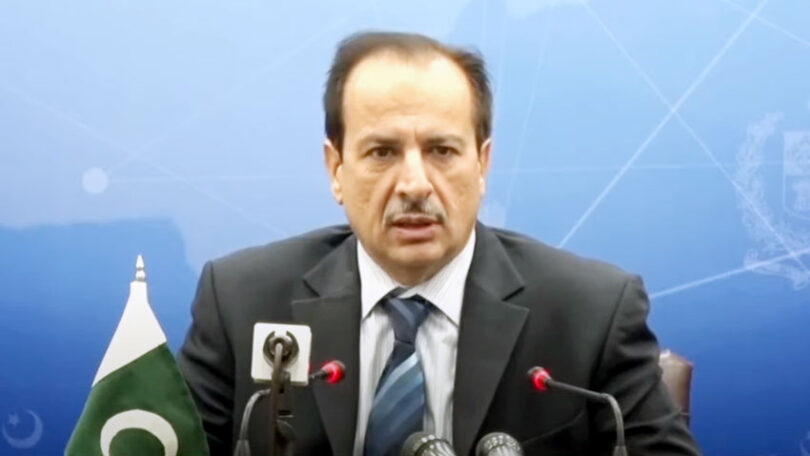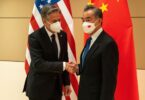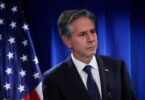Caretaker Minister of National Health Services, Regulations, and Coordination, Dr. Nadeem Jan has proposed the allocation of two percent of the Gross Domestic Product (GDP) for the health sector. In response to a calling attention notice in the upper house regarding the non-availability of vaccines, especially the anti-diphtheria serum in the country, the minister said that our request to the next government would be to allocate at least two percent of the GDP for health, a sector that has been overlooked by all previous governments.
Pakistan’s health sector faces numerous challenges, including inadequate funding, institutional corruption, a shortage of healthcare professionals, lack of healthcare infrastructure deficiencies, limited access to healthcare in rural areas, and socio-economic disparities affecting healthcare access for many citizens. These issues have contributed to a depletion of the health sector’s capacity to meet the healthcare needs of the population. Historically, chronic underfunding, burdened with bureaucratic corruption and inadequate distribution of resources particularly collapsed the state-owned healthcare system in the country. Meanwhile, political instability and diverging priorities of competing civic groups further ruined the system due to the everyday experiences of the political leadership. The World Health Organization (WHO) has recommended about 6% of the country’s GDP for low-income nations, whereas Pakistan’s healthcare expenses revolve around 0.4% of the national GDP to fulfill the healthcare needs of over 240 million populace that is not more than a peanut to feed a colossal elephant.
Ironically, this funding is usually distributed by the administrators among major urban population centers and rural areas based on political interests instead of public needs or geographical requirements of certain administrative regions. Therefore, access to healthcare services is marked by stark disparities with the rural population and low-income communities in far-flung rural areas lack essential infrastructure and state-of-the-art healthcare facilities. Successive political governments introduced several initiatives including Sehat Health Card, health insurance, and Medical Teaching Institute (MTI) projects to improve the situation through increased investment, policy reforms, and other strategies to strengthen healthcare services across the country but those efforts remained short of required goals because of growing healthcare needs of the population which is increasing at an unbelievable rate of 2.3% per annum. Meanwhile, the private health sector and the pharmaceutical industry have shaped into cartels, blatantly using its stronghold for hikes in the prices of essential medicines and medical services including labwork, CT Scan, MRIs, and tests for serious diseases that are not available in state-run healthcare facilities in the country. Presently, several important medicines and vaccines including the anti-diphtheria serum and rabies are not available, while several deaths have occurred due to a shortage of those essential medicines in the country. This is a recurrent phenomenon that is the outcome of institutional corruption and the administrator-mafia nexus, which has not been permanently dealt with by Pakistani leaders over the past years.
Although, the Caretaker Health Minister has floated a sane idea of allocating two percent of the GDP to the health sector, but our rulers have some more urgent priorities such as VIPs’ security, Ministers’ protocol, modification in lethal arsenals, initiation of construction projects and attached lucrative incentives that supersede public health, children education, and social well-being of the masses. As the newly elected government will assume office in the next few weeks, the time would illustrate the legacy of the incoming rulers, whether they raise the healthcare funding by 2% of the GDP or keep the masses lingering with the same issue in the coming years and decades.







